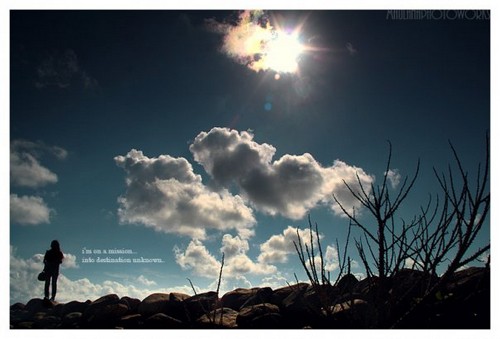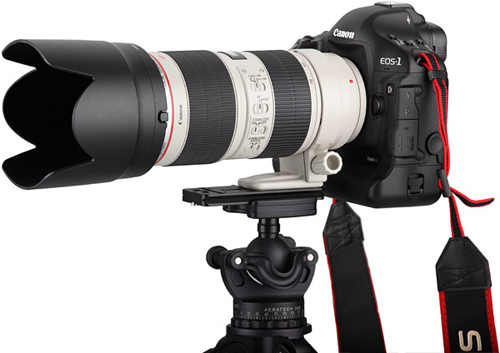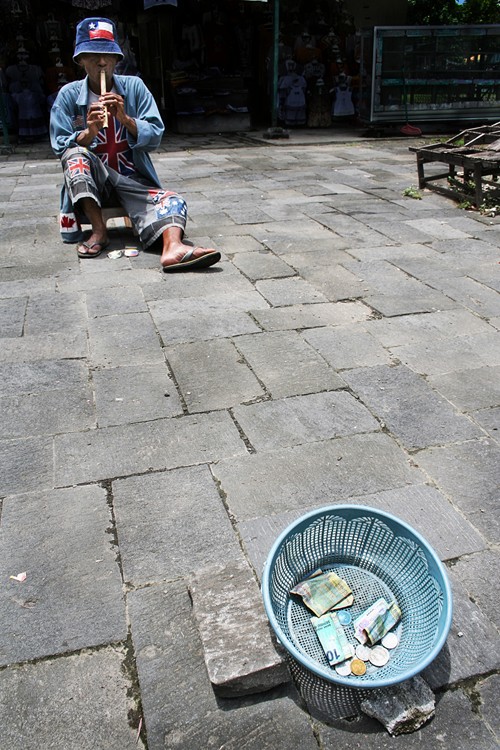
Sometimes we are faced with a situation that requires us to take photos in the sun. Even if whe the position of the sun is at its heat-inducing peak is not a great time to shoot photos.
Here are some tips to minimize your shortcomings:
Shades
If at all possible, try and locate a shady spot for your shoot. But keep in mind, when shooting in a shady spot, pay attention to the background’s lighting. It could be that when the object is in a shady area, the background is an area directly exposed to sunlight making it too bright (over lighting). When photographing in the shade, try to shoot at angles where the backgrounds are not too bright.
Use Fill-In Flash
Since we’re shooting under very bright light source positioned exactly above the head, the possibility of high contrast shadow showing up is very likely. These shadows usually appear under the eyes, under the nose, and under the neck. You can use the fill-in flash to eliminate these dark shadowy areas.

Click here for: Fill-In Flash Photography Tips
Use a Lens Hood
Specifically for DSLRs; it is advised that your lenses be equipped with a lens hood to avoid any unwanted lights (or lens flares) to enter. Or if your lens isn’t equipped with one, then while shooting in the sun try to protect your lens from direct sunlight. You can use your hand, a book, or your partner’s help to shade the camera and the lens.

Change your Angles and Point of View
When moving your object isn’t possible; make yourself be the mobile entity. You can shoot from behind the object, from the top, or even from under the object. This will change the direction of the sunlight that falls on the object, creating a different “feel” to your photograph.
Use a Filter
Sometimes there is no harm in utilizing a polarizing filter. Besides being able to reduce the light that enters the lens, these filters can also strengthen the colors of the blue sky and green leaves.
You can also use a GND filter that can help balance the contrast between the overly bright sky with the objects underneath.

Click HERE for more information about photography filters
Silhouettes
Take advantage of the abundant sunlight to create an artistic silhouette photograph. The object can be a person, trees, or other objects with distinctive profiles.
Use a Reflector
This tool reflects sunlight, so that the lower part of the object’s face doesn’t appear too dark. The advantage of a reflector compared to the flash is that the power of the light bounced off a reflector can balance the power of the sunlight without having to do any special settings. All you have to do is direct the reflector towards the model. While when you use a flash, you would have to do various setups and settings before using it as a fill-in flash.
Good luck and have fun!
















